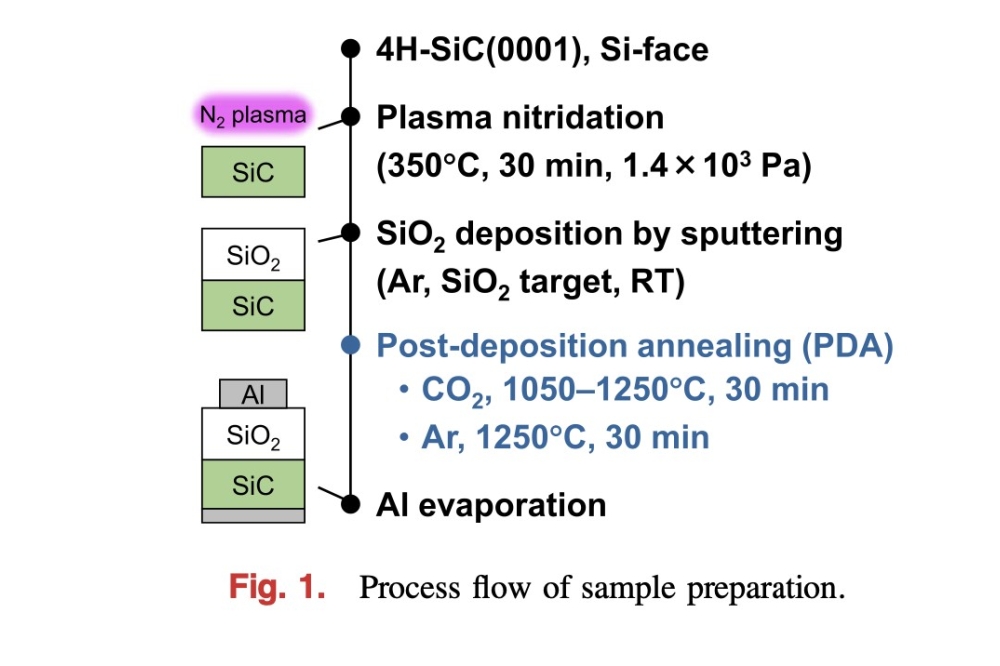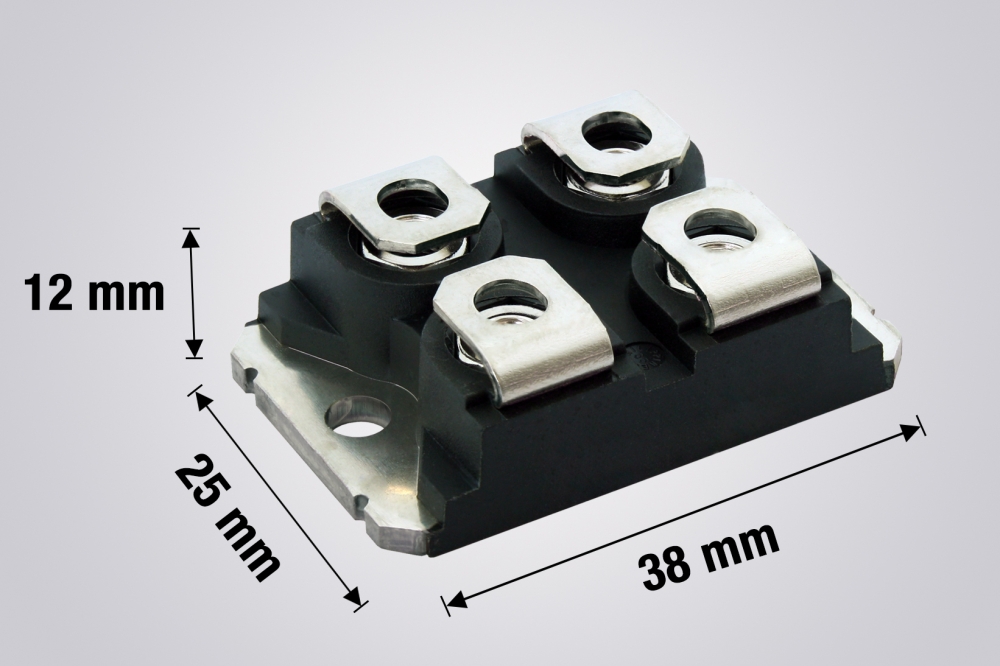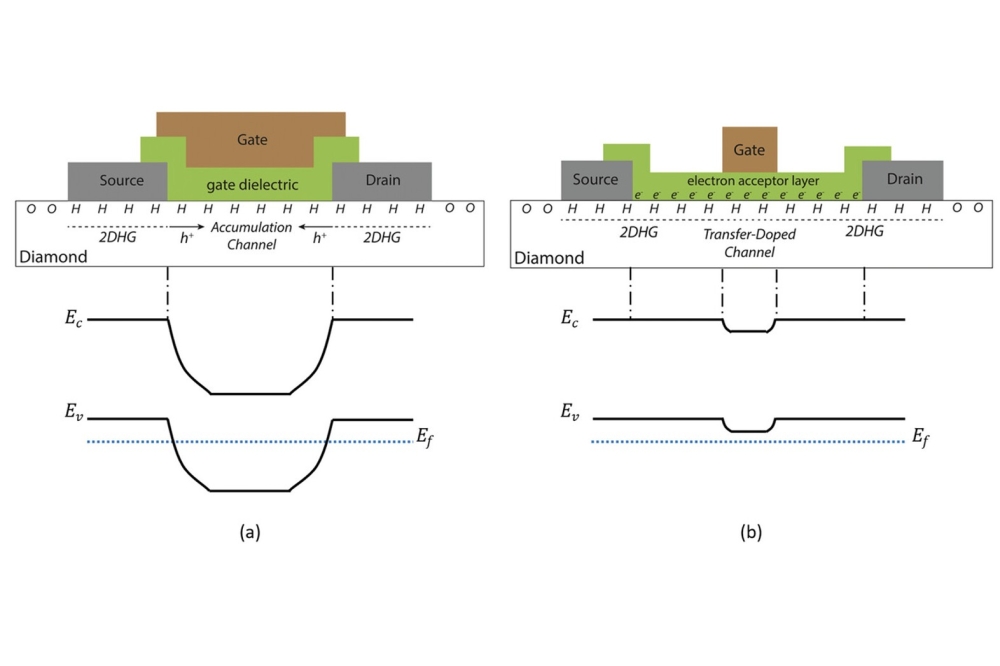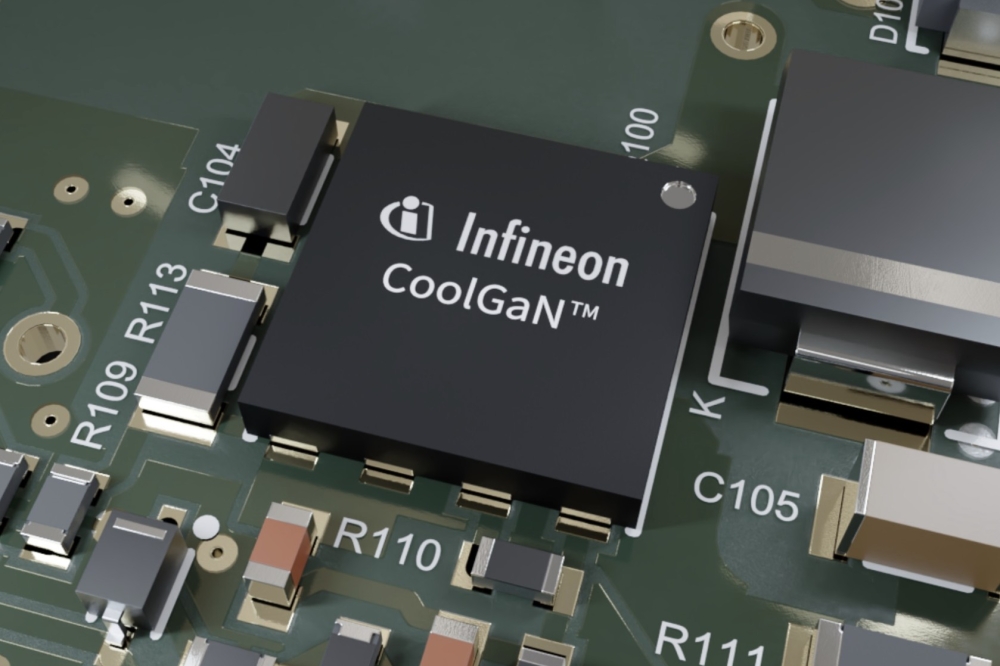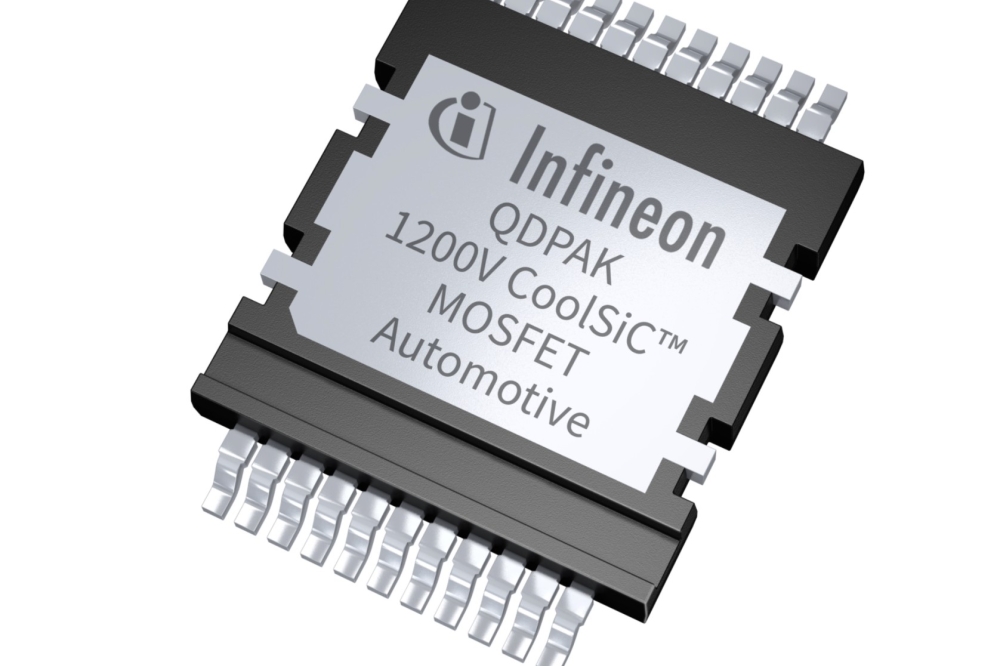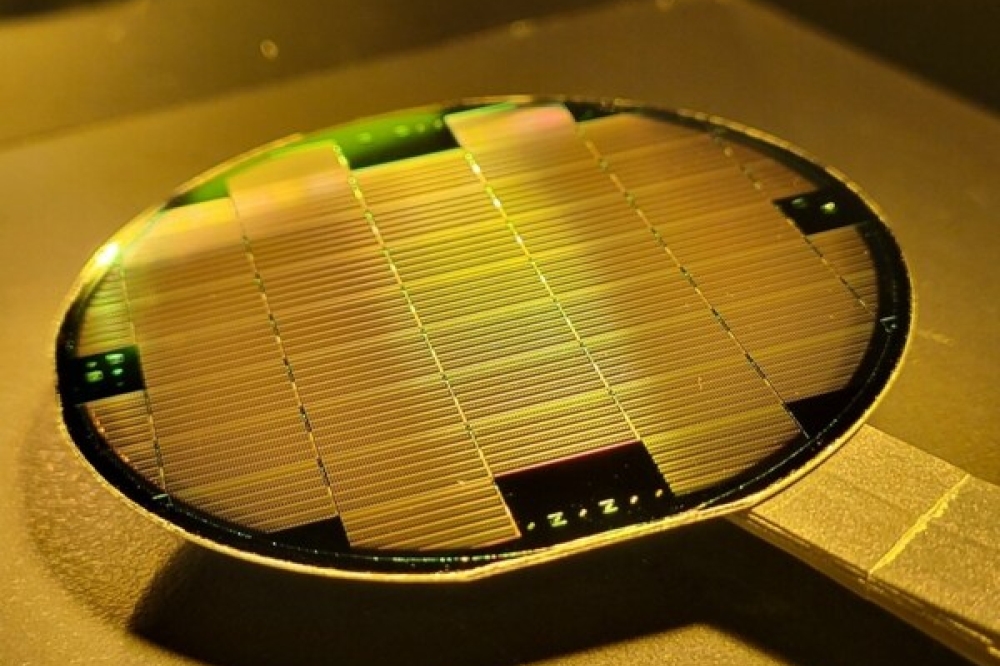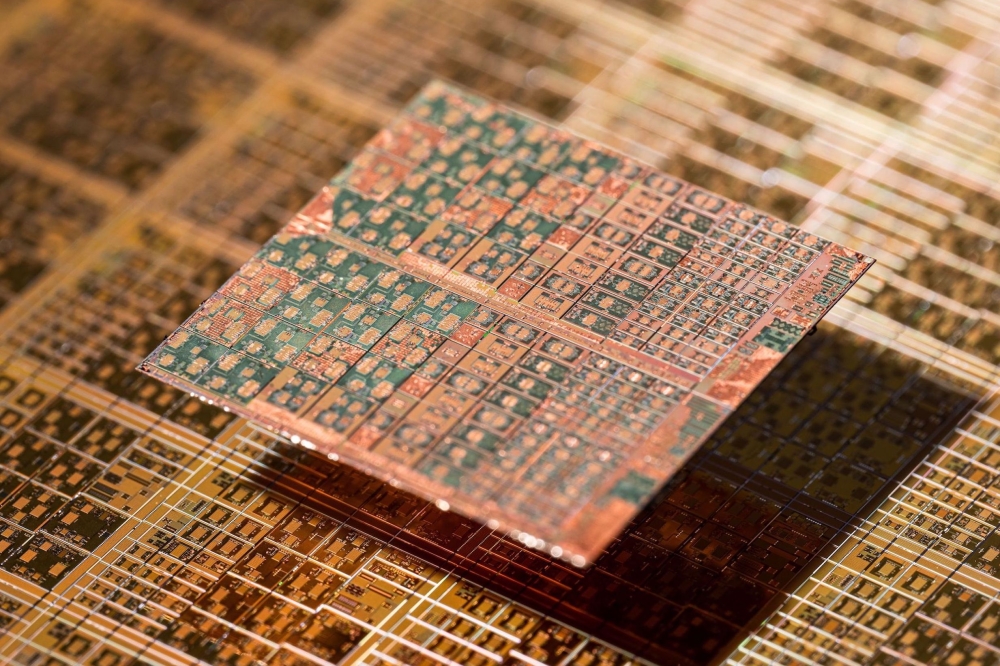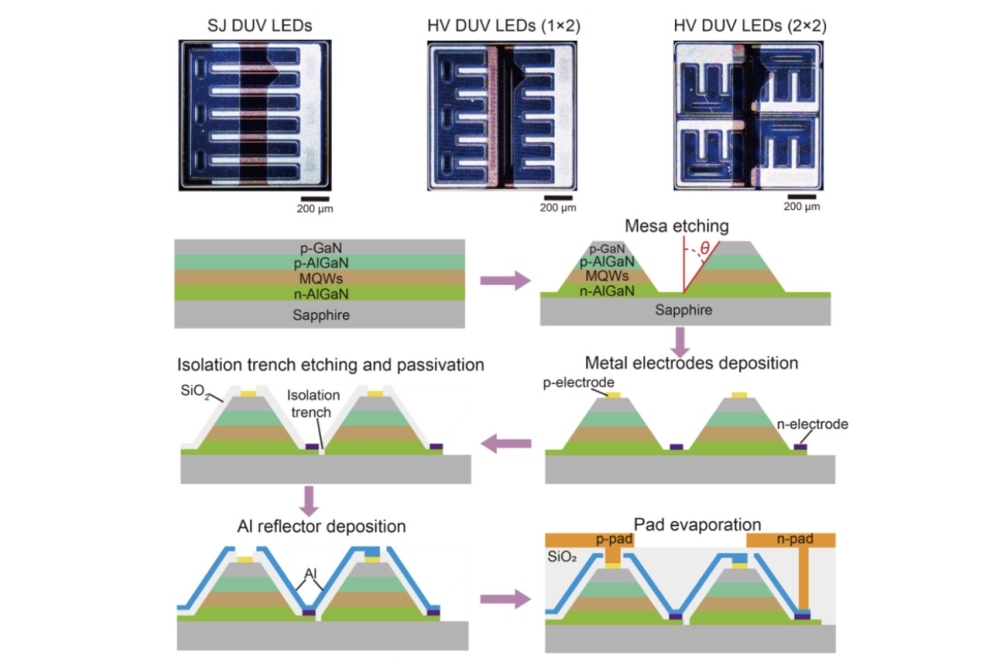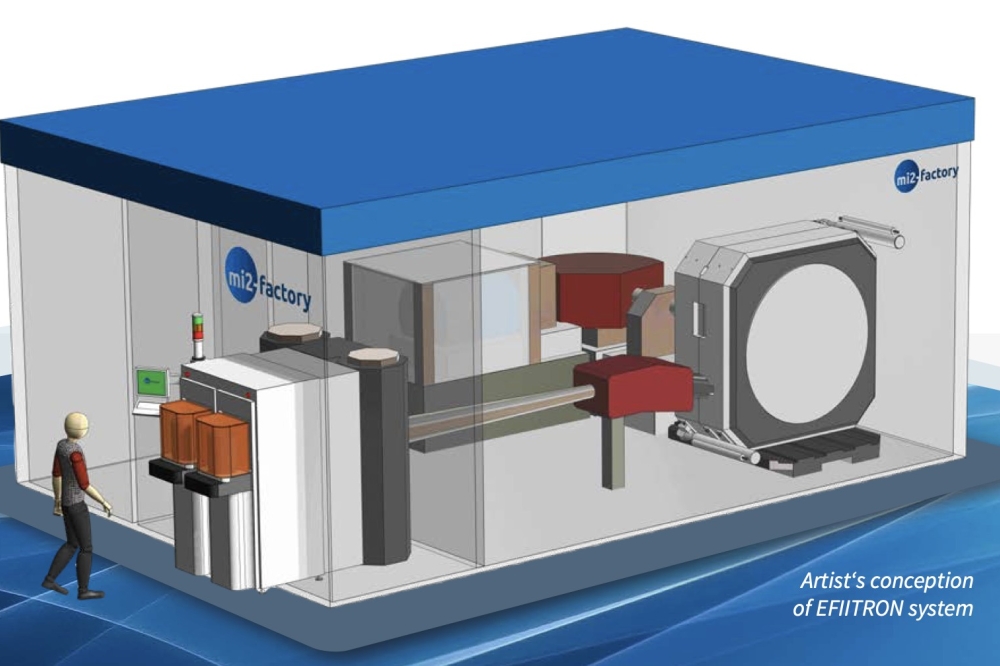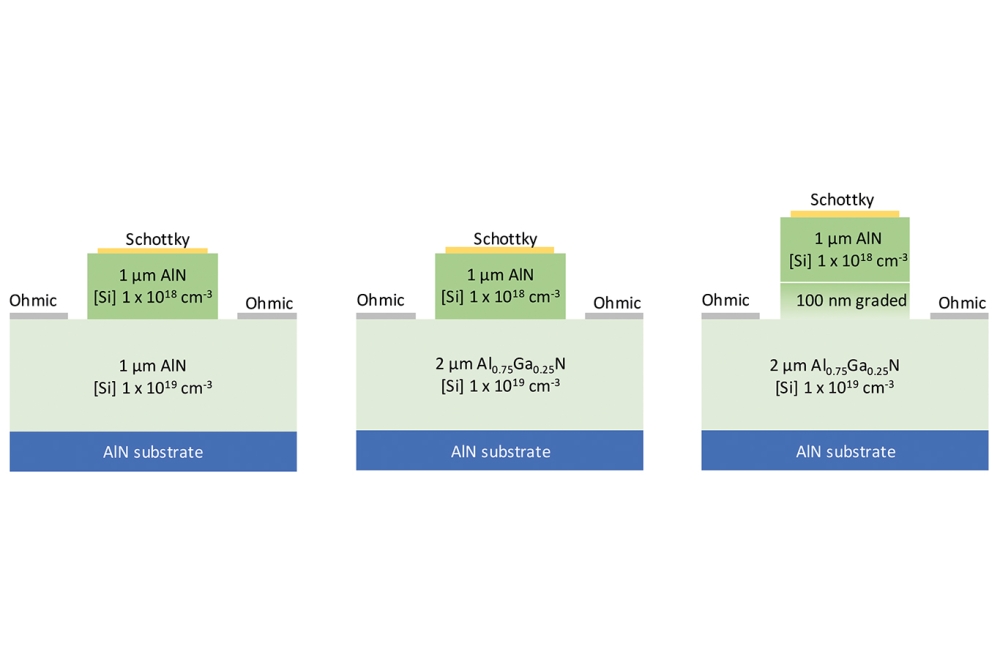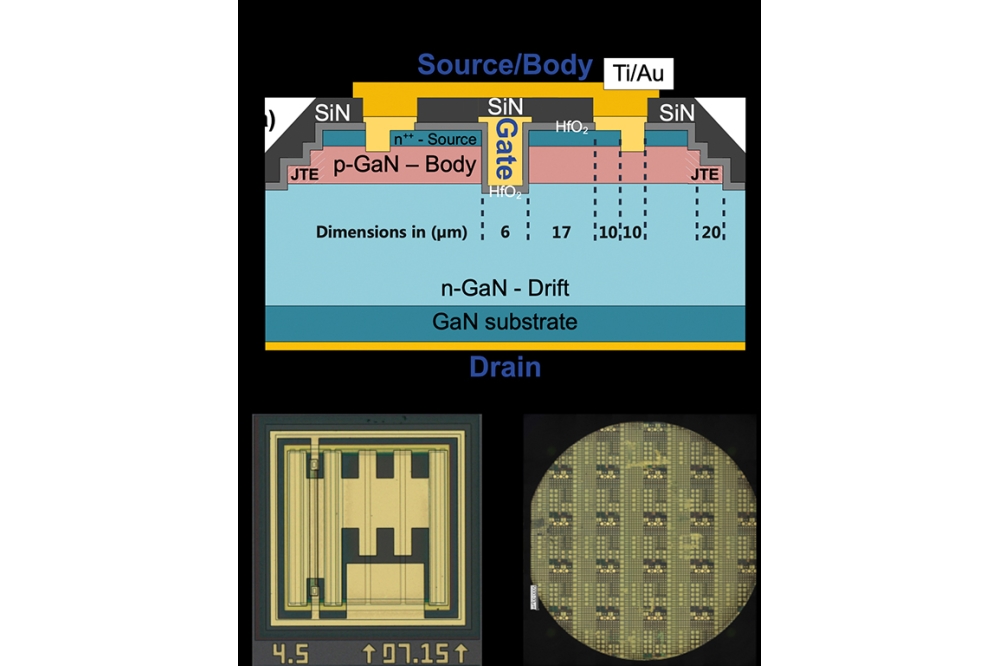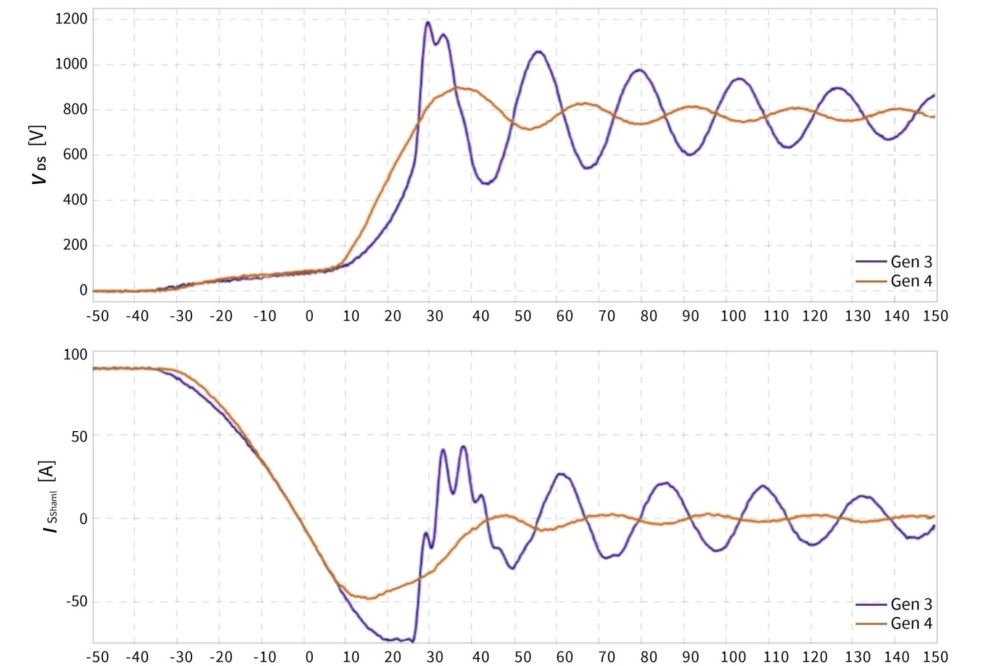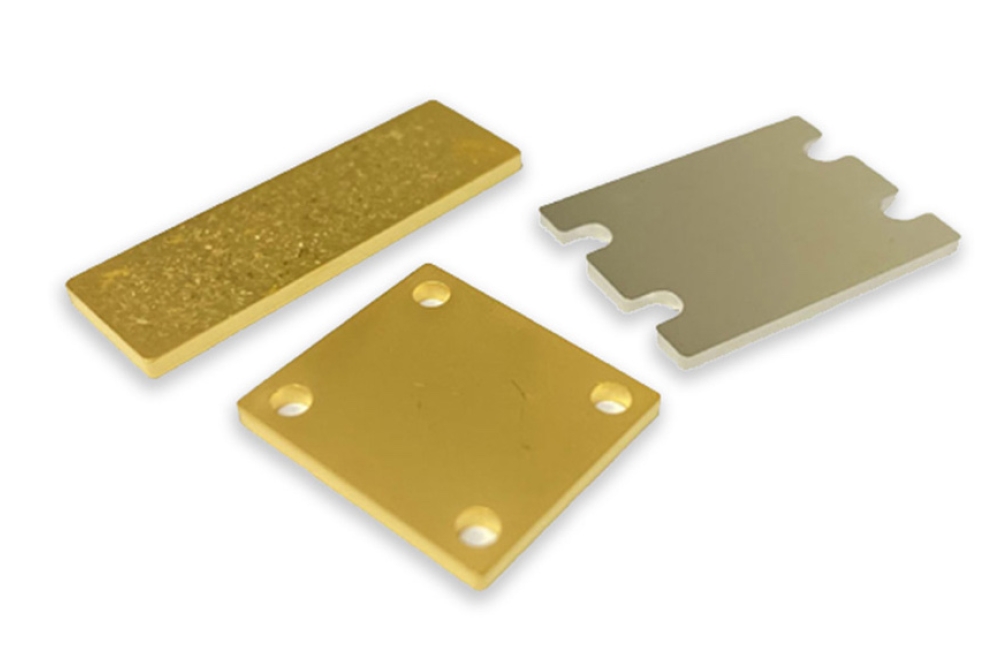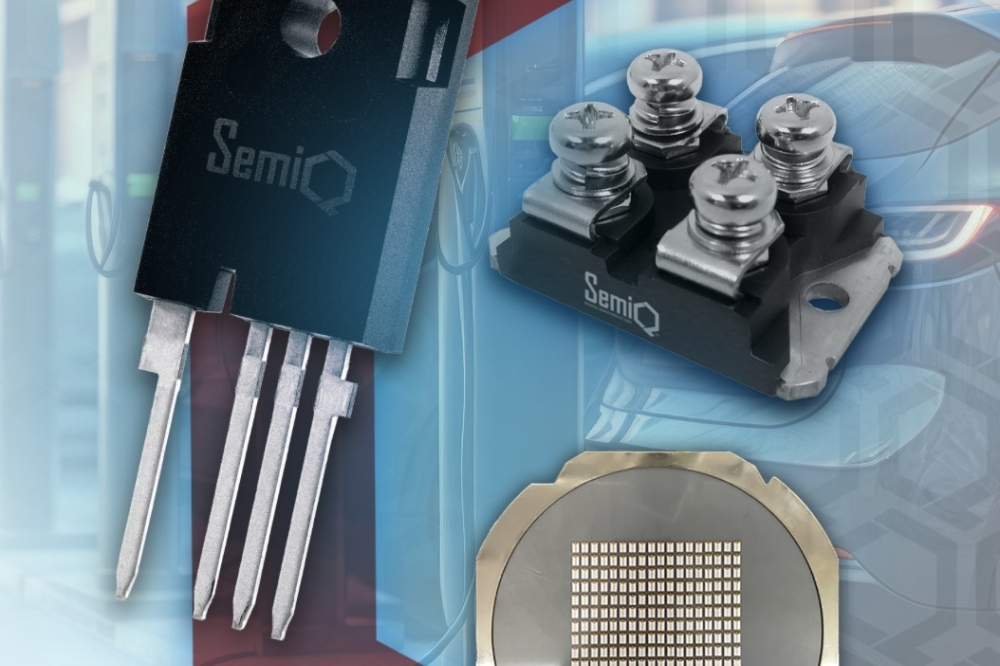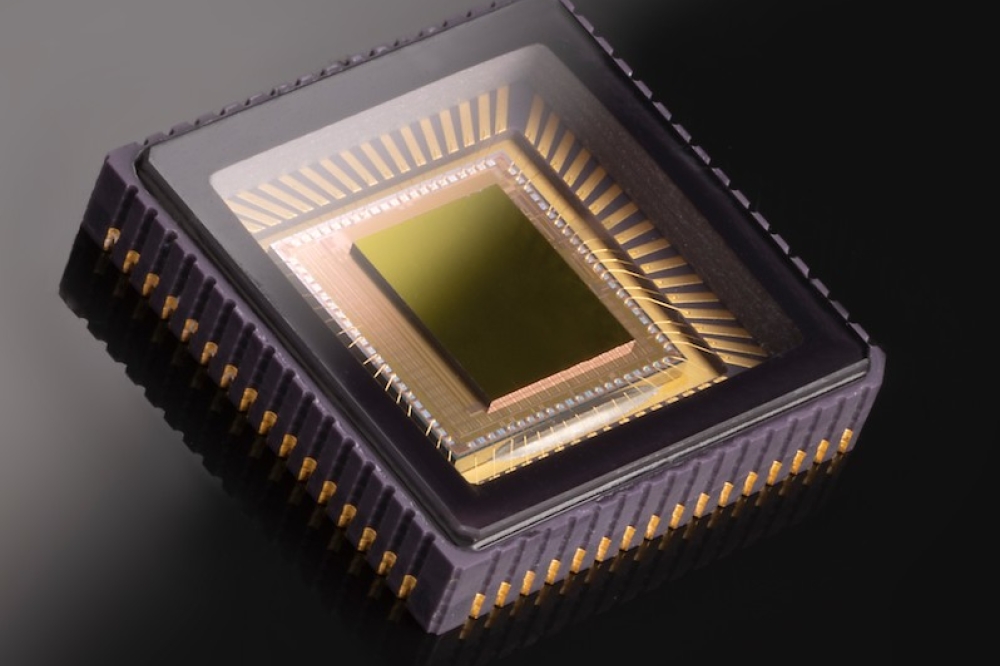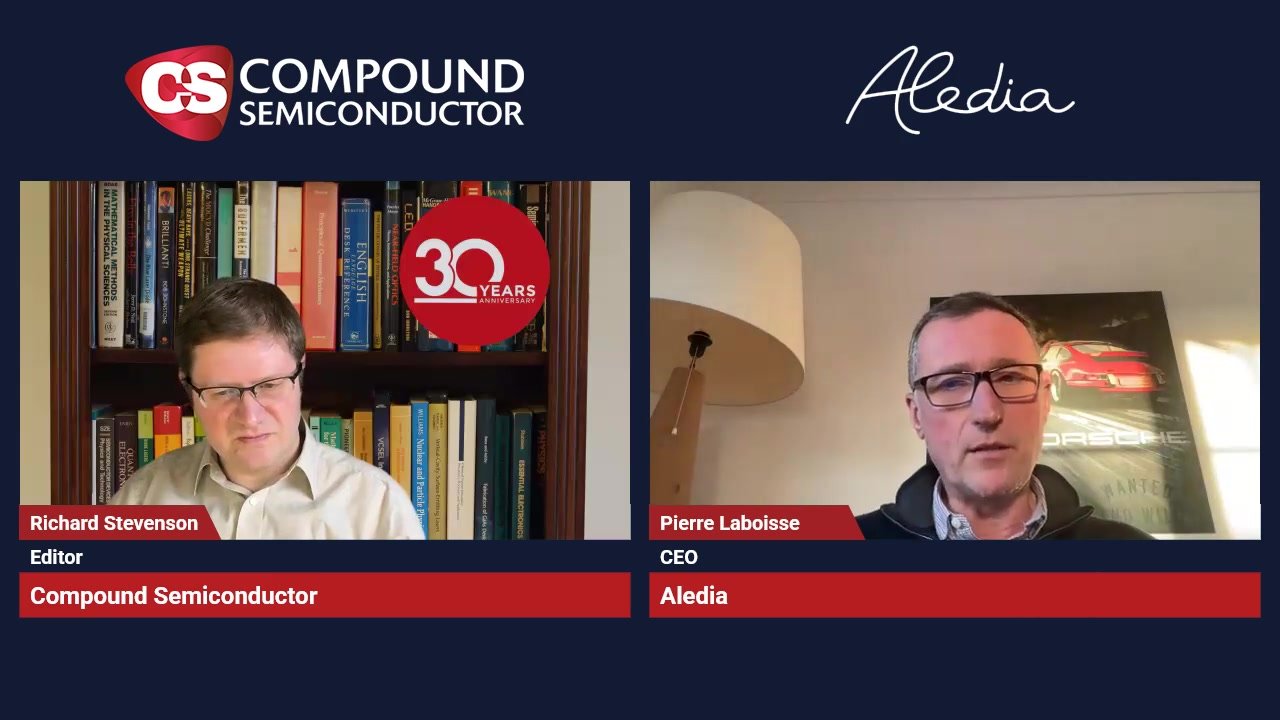Learning to Embrace Disorder

Researchers show that entropy can be used to fine-tune the optical band gap
The properties of a crystal are defined by its specific ordered arrangement of atoms, and great time and effort is invested in creating high quality materials with the lowest entropy possible.
But now an international team from the universities of Western Michigan (USA), Michigan (USA), Lorraine, CNRS (France), and Canterbury (New Zealand) has shown that ZnSnN2 and MgSnN2 can be used to match the optical band gap of InGaN by exploiting disorder in a controlled fashion.
This work suggests that introducing entropy into a crystalline structure is a way of fine-tuning its key properties.
Using two relatively new compound semiconductors (ZnSnN2 and MgSnN2) as a case study, the researchers demonstrate that it is possible to span the entire visible spectrum by purposely exploiting disorder on the metal (cation) sublattice.
They measured S, the long-range order parameter of the cation sublattice, for a series of epitaxial thin films of (ZnSnN2 and MgSnN2) using three different techniques: x-ray diffraction, Raman spectroscopy, and in situ electron diffraction. They observed a linear relationship between S2 and the optical band gap of both ZnSnN2 (1.12–1.98 eV) and MgSnN2 (1.87–3.43 eV).
Figure 1: Measured non polarised Raman spectra of ZnSnN2 [(a),(b)] and MgSnN2 films [(c),(d)].
The result, without resorting to traditional alloying, is a controllable, predictable, continuously variable band gap – the fundamental parameter of a semiconductor that often determines its potential applications, says Steven M. Durbin, professor of the department of electrical and computer engineering, Western Michigan University.
“We show that it is possible to quantify this disorder, and correlate it to the band gap – not just for these two materials, but for any such ternary compound semiconductor. In fact, how the crystals are processed directly impacts the degree of cation disorder – so that implicit assumptions regarding the ‘fundamental’ band gap of any particular sample of such materials can be in error," says Durbin.
The team believes the results have implications for solar cells, LEDs, detectors, and even transistors, made from this large and versatile family of heterovalent cation compounds.
‘Alloy-Free Band Gap Tuning across the Visible Spectrum’ by Robert A. Makin et al; Phys. Rev. Lett. 122, 256403 (2019) – Published 27 June 2019

